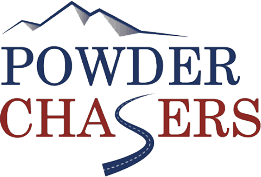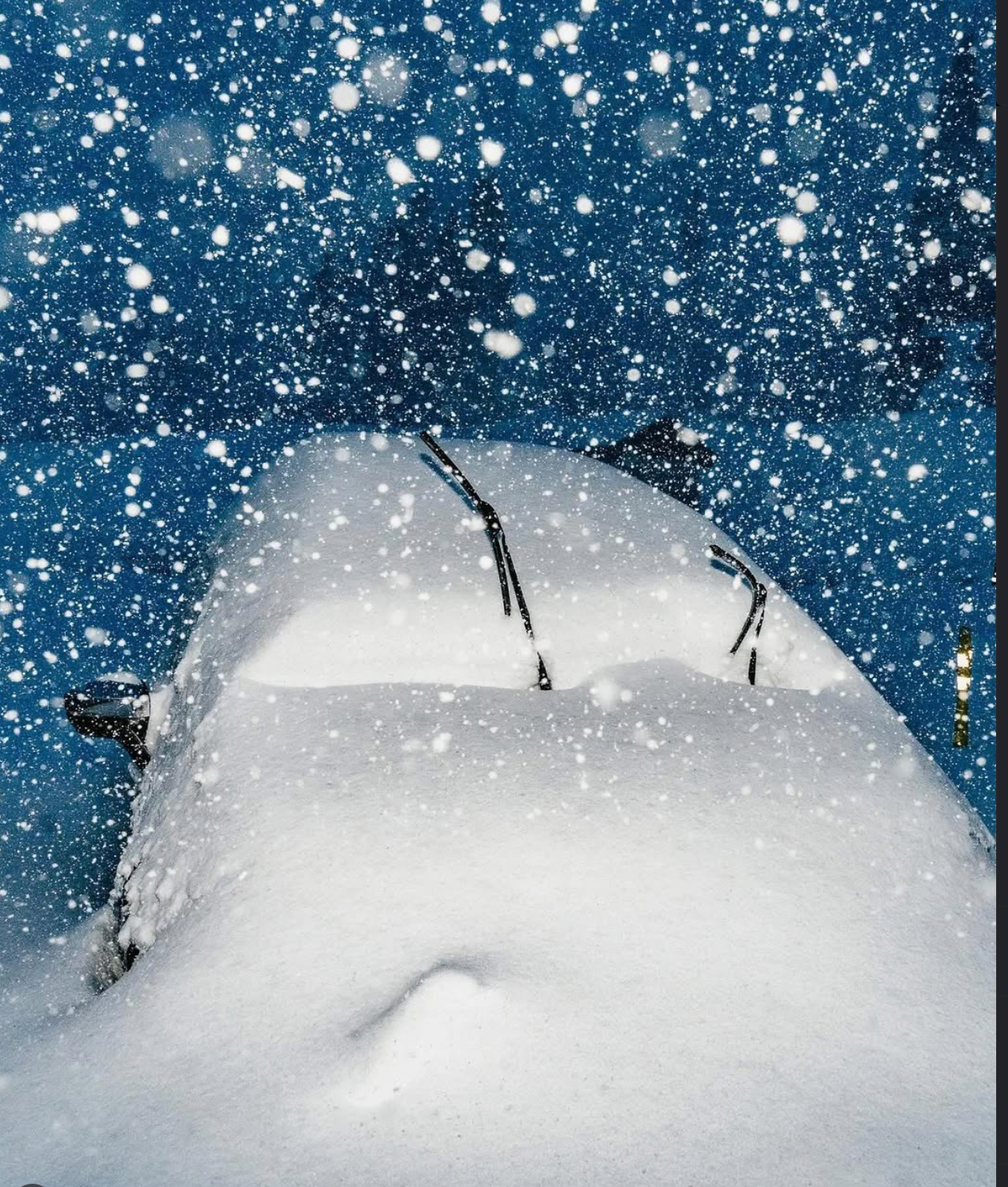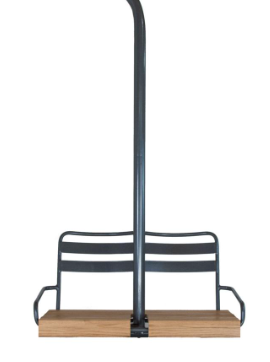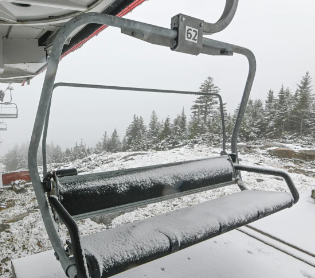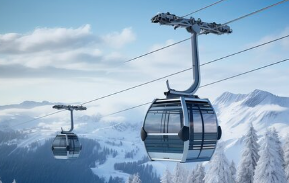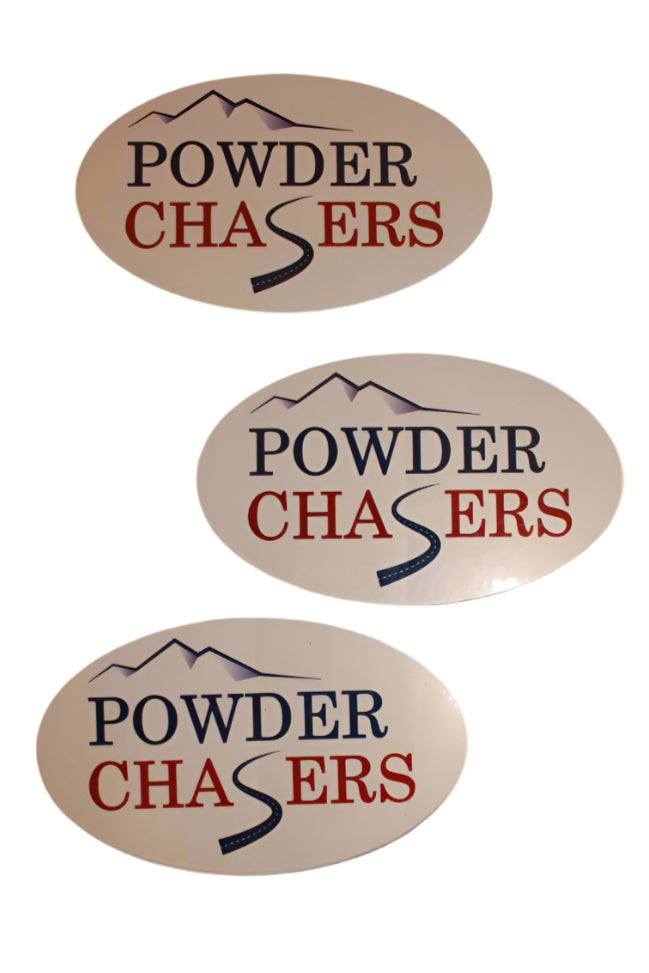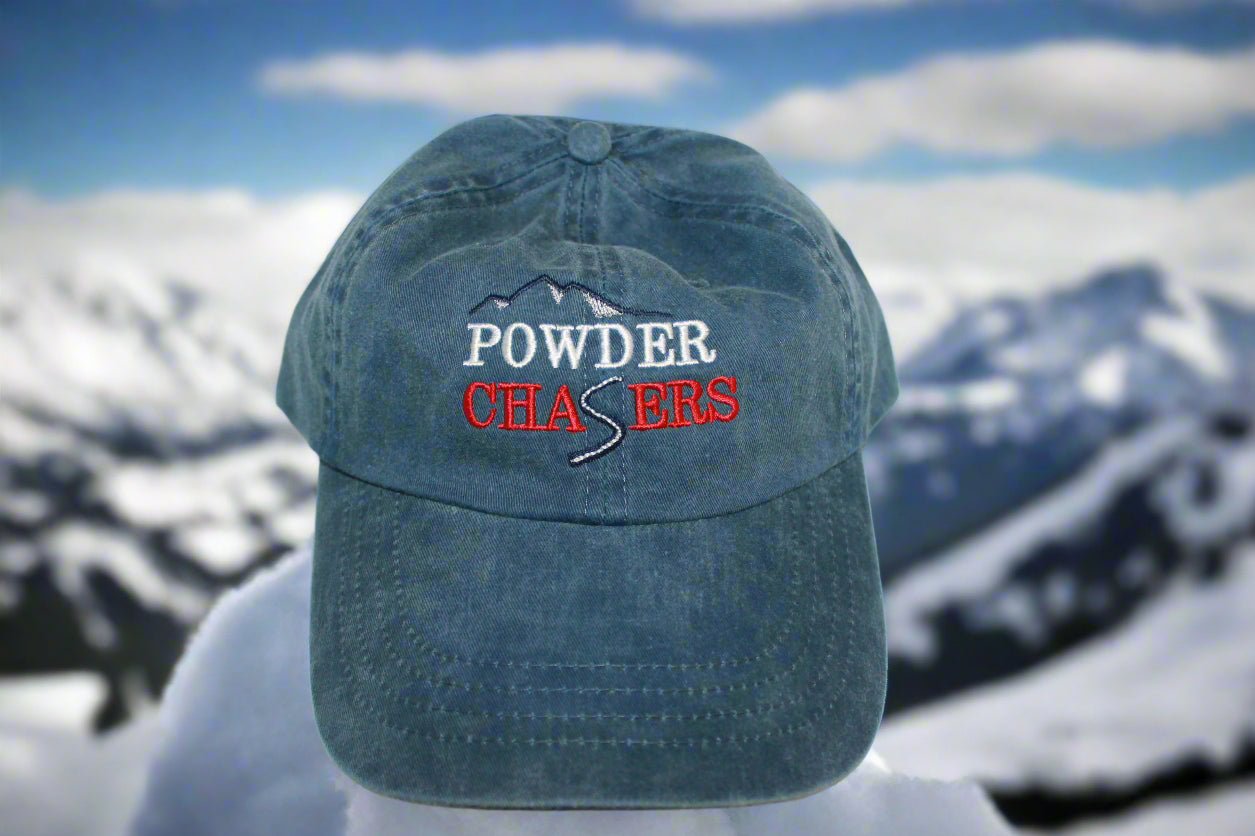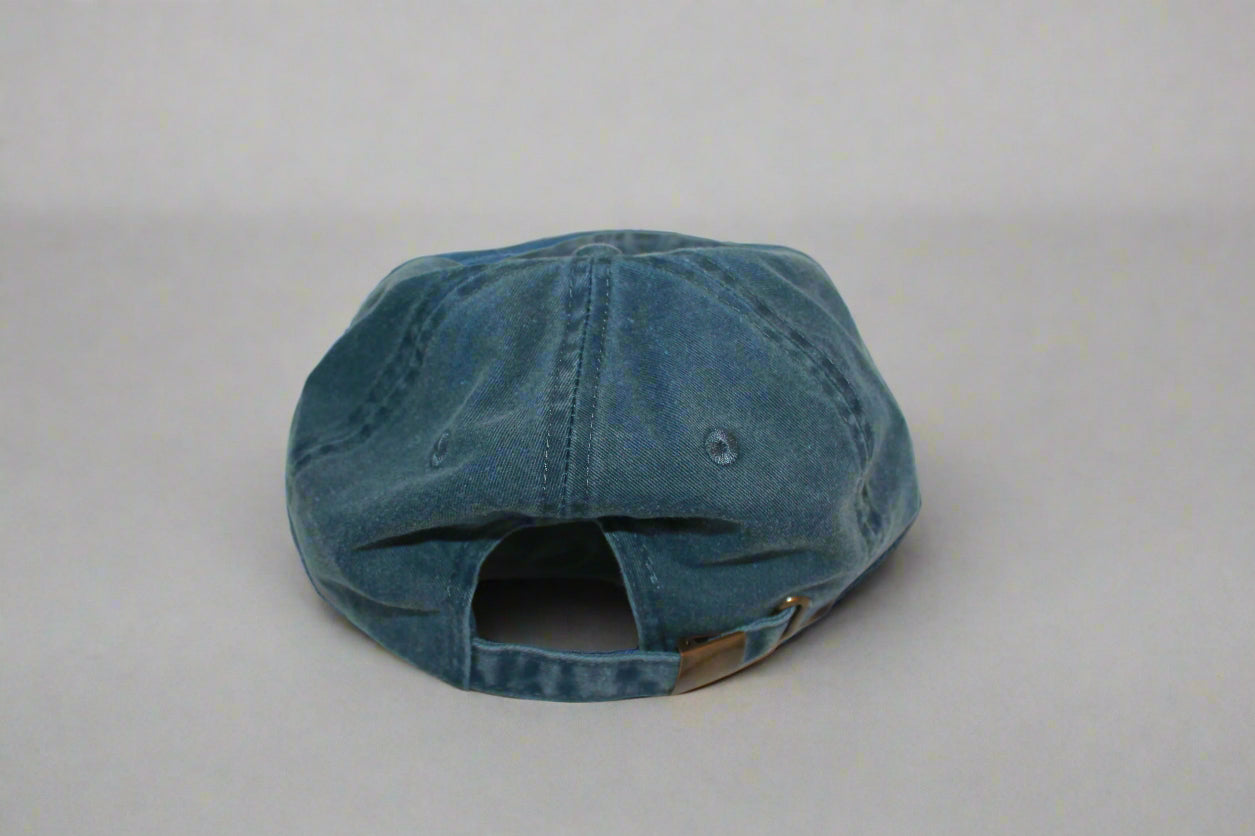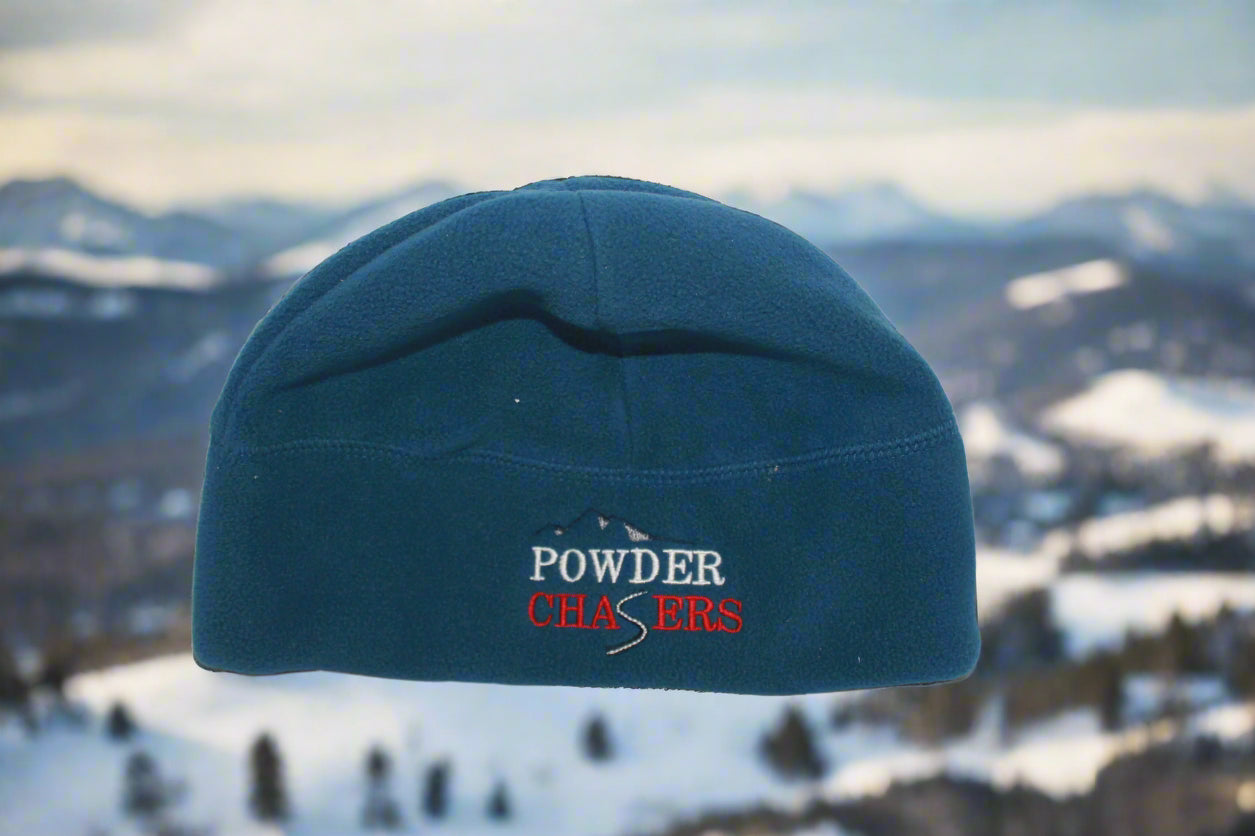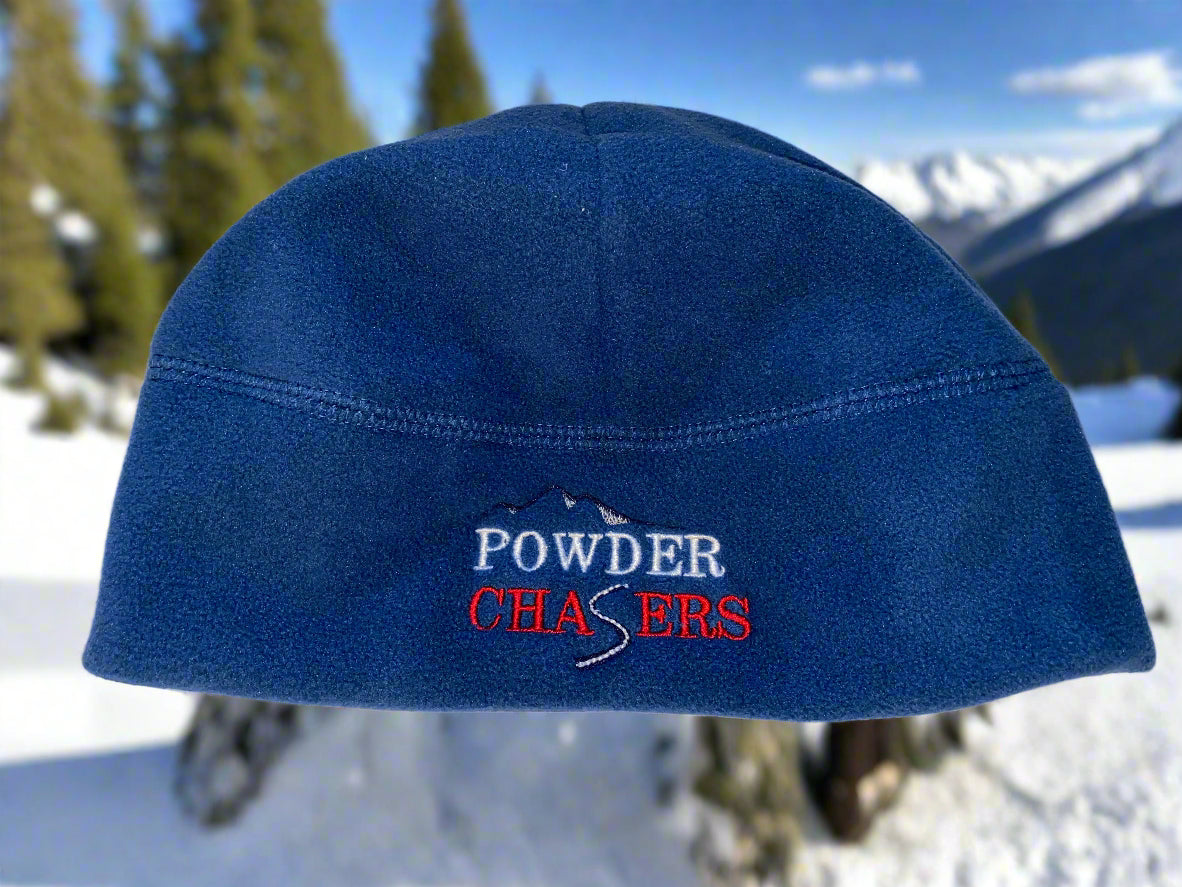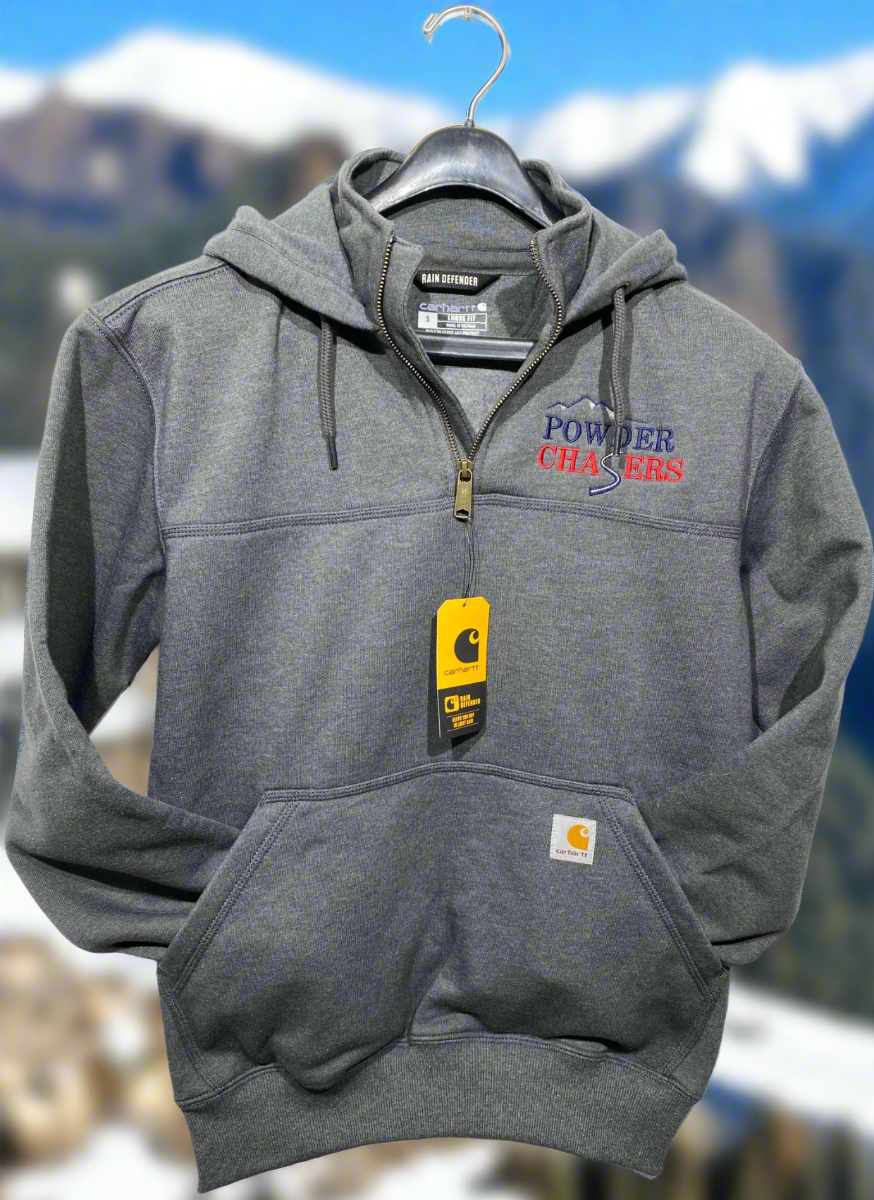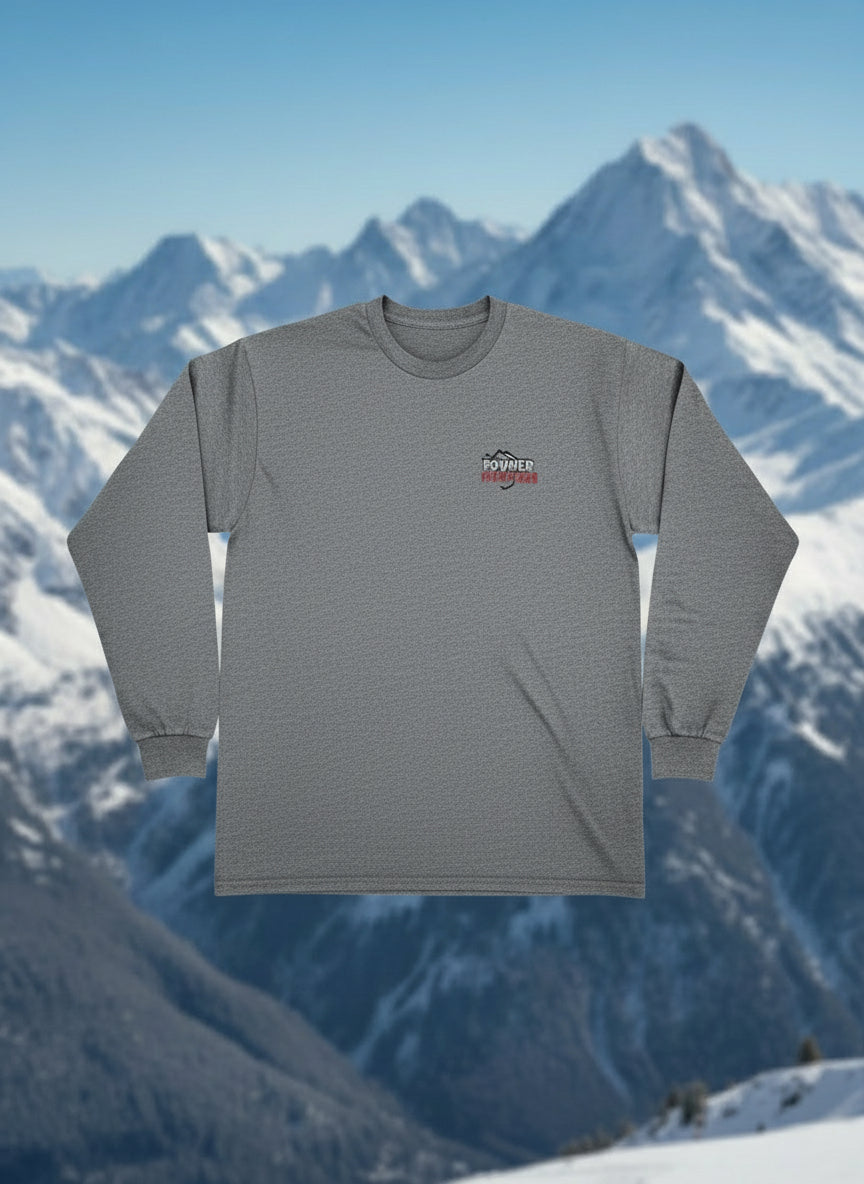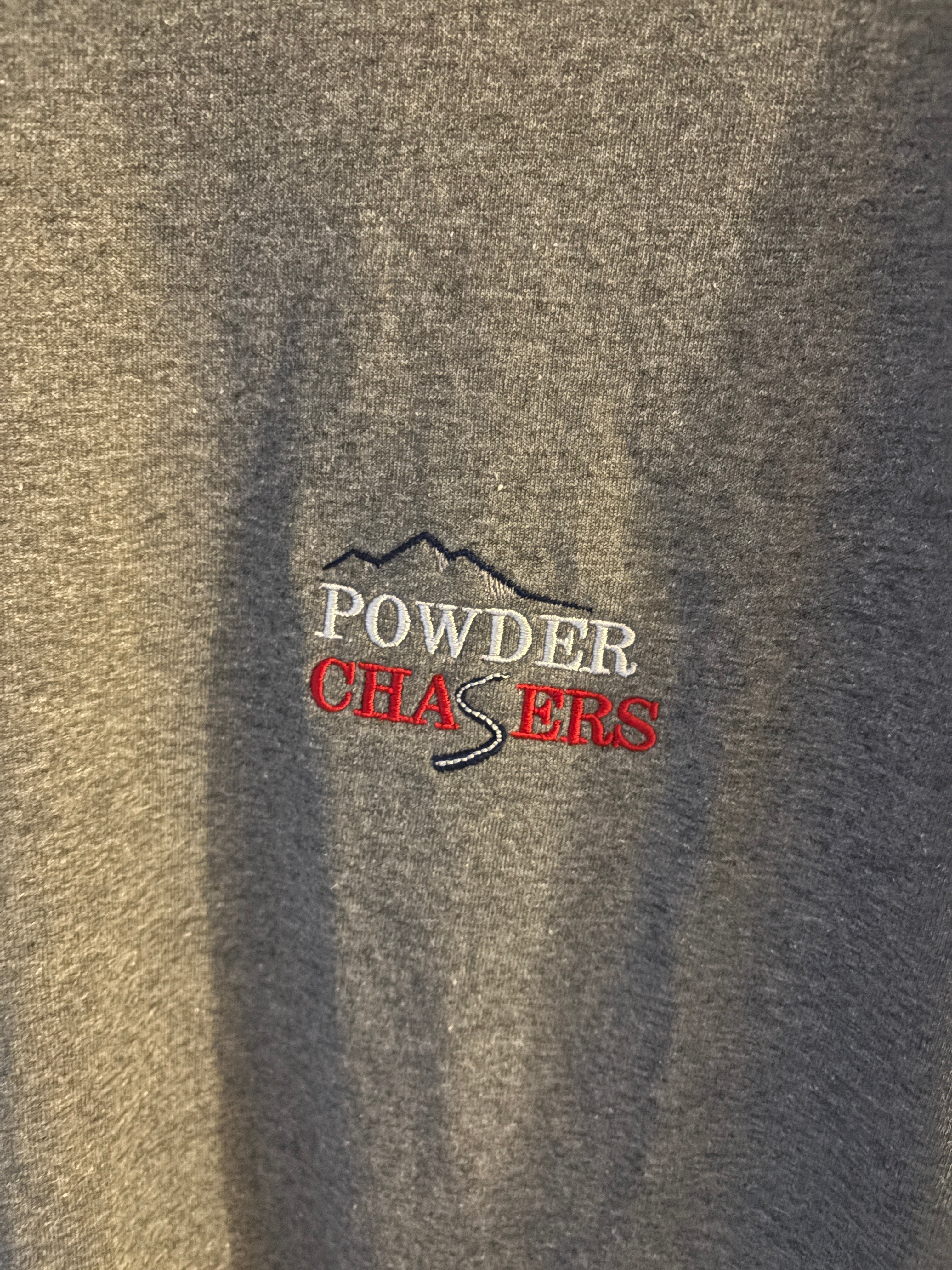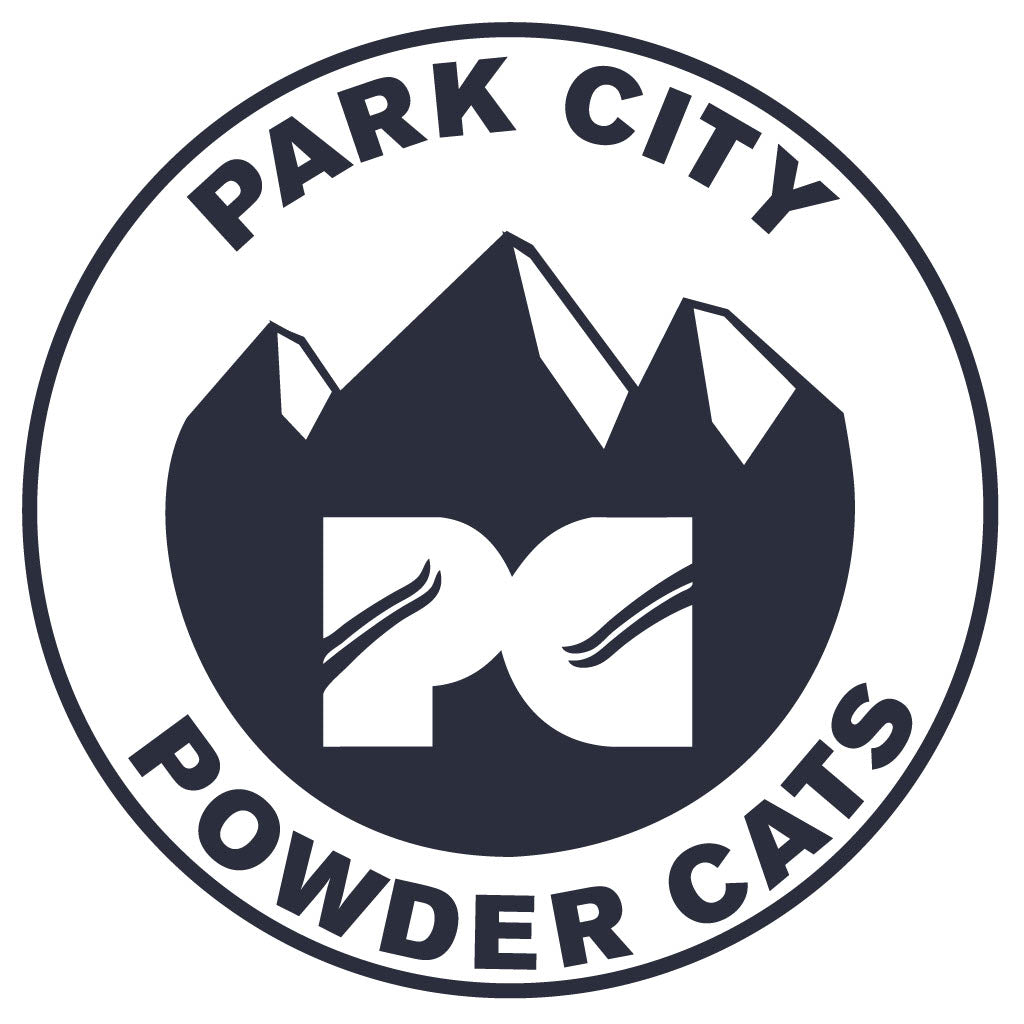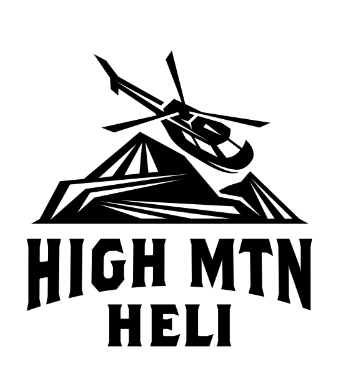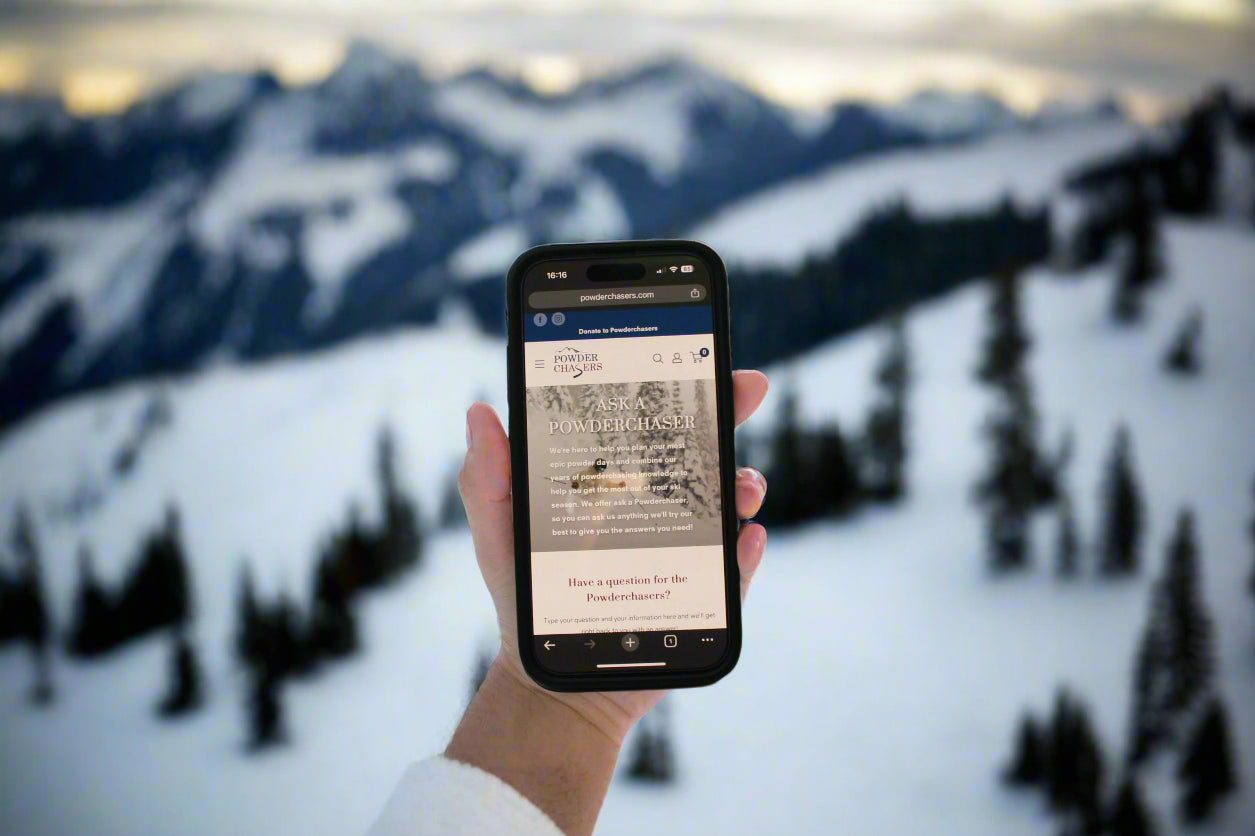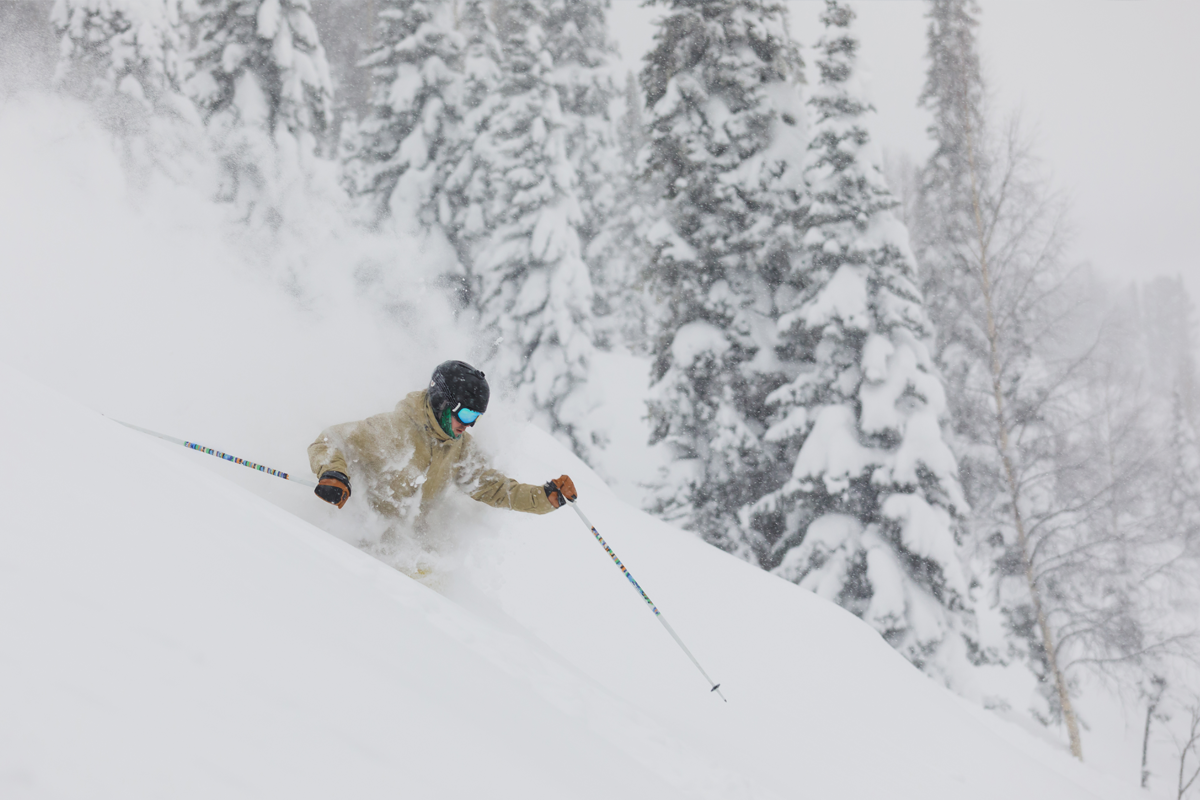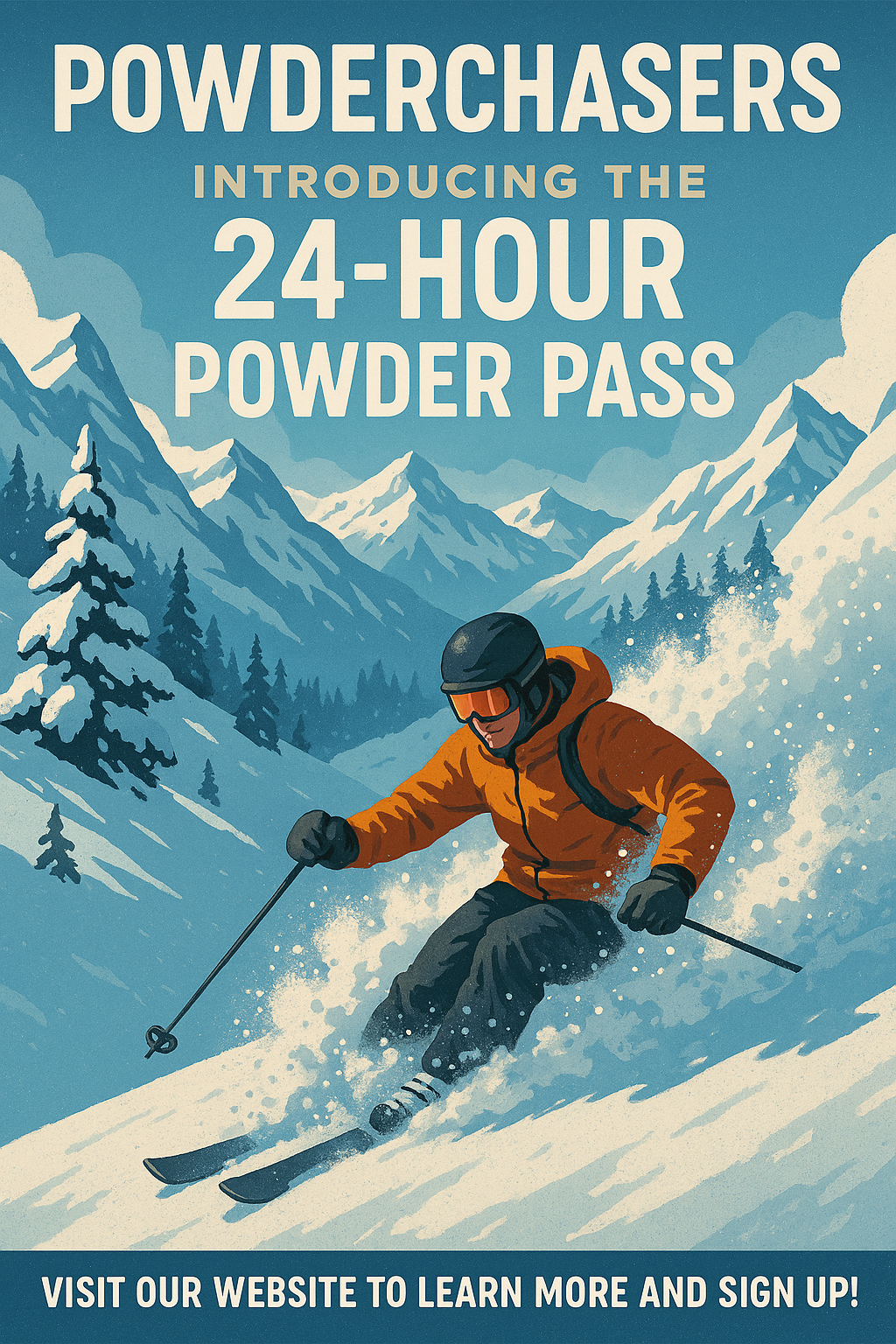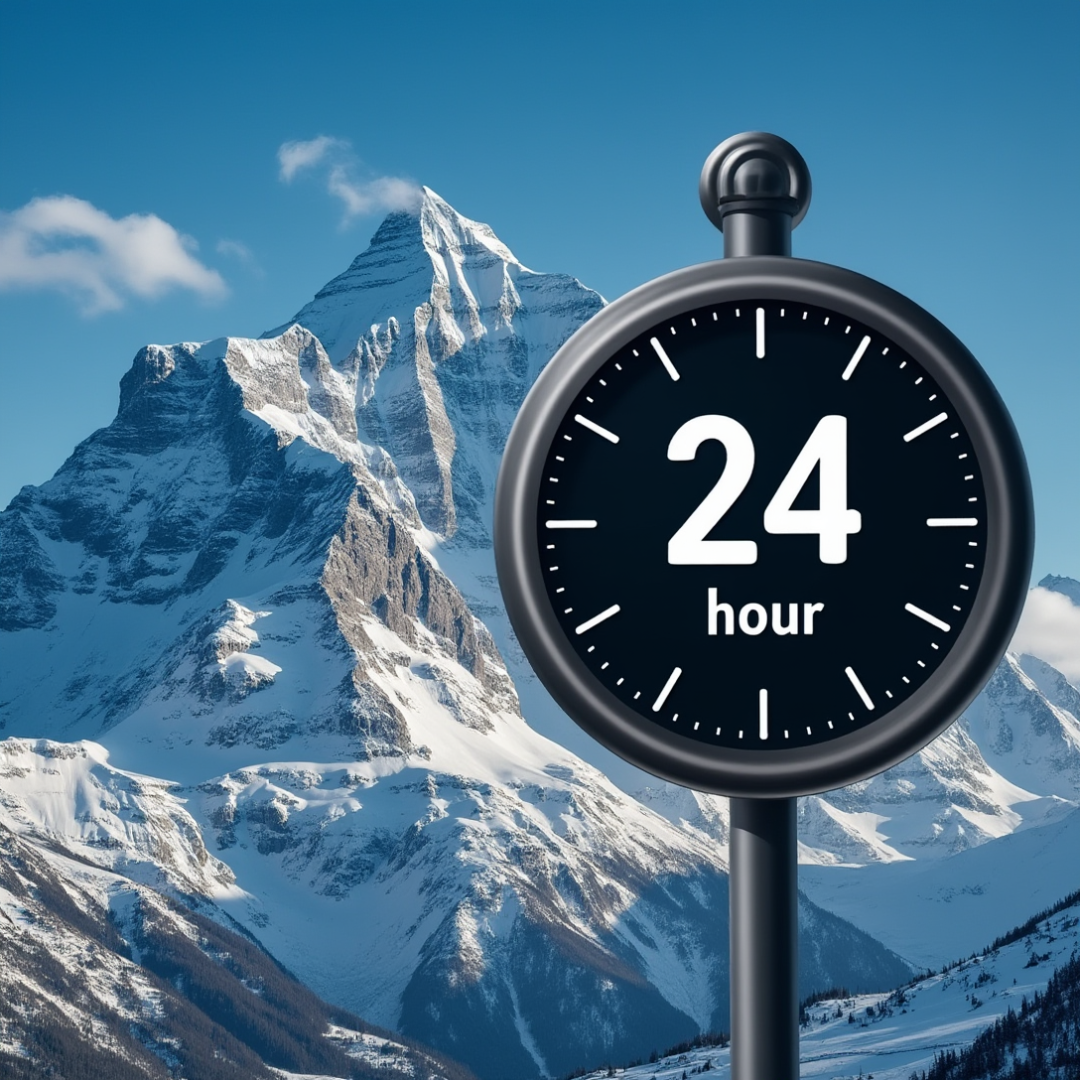Executive takeaways for powder chasers
Cover photo: @cody.mathison
- Base state: A weak La Niña is favored to emerge in fall 2025 and may fade toward borderline La Niña or neutral during midwinter. That usually nudges the storm track north into the Pacific Northwest and the northern Rockies. Treat it as a probability tilt, not a guarantee.
- Decadal/ocean backdrop: The Pacific Decadal Oscillation (PDO) remains negative. A negative PDO often coincides with a semi-permanent low-pressure zone near the Gulf of Alaska that feeds storms into the West’s northern tier. This supports a busier pattern from British Columbia to Montana and Wyoming.
- Stratosphere/QBO: The Quasi-Biennial Oscillation (QBO) in the lower stratosphere is easterly. An easterly QBO slightly increases the odds of a weaker polar vortex and sudden stratospheric warming (SSW) episodes later in winter. If that happens, blocking can develop at high latitudes and deliver colder, snowier windows for the East and Midwest. This is a risk factor, not a promise.
- Arctic and lakes: Low Arctic sea-ice coverage going into winter means more open water early. If cold shots arrive before full freeze-up on the Great Lakes, lake-effect snow (LES) can be enhanced.
- Marine heatwave wildcard: A large northeast Pacific marine heatwave (MHW) is present. Warm ocean anomalies can juice moisture for storms but also raise snow levels during atmospheric rivers (ARs) and occasionally favor West Coast ridging between cycles. Expect volatility.
-
Official guidance: NOAA’s Climate Prediction Center (CPC) leans wetter for the Pacific Northwest and Great Lakes and drier along parts of the Southern Tier, with temperatures warmer south and nearer to seasonal or cooler north. Confidence is modest because the La Niña signal looks weak.

Region-by-region powder odds
Confidence reflects both climate signal strength and historical forecastability at the ski scale.
1) Pacific Northwest and British Columbia
(WA/OR Cascades, Coast Range, Whistler/Sea-to-Sky; interior BC: Revelstoke, Kicking Horse, Big White, Fernie)
- Odds: Above-normal storm frequency, especially early to midseason. ARs will swing snow levels, but cold fronts behind them should flip many events to right-side-up snow.
- Why: Weak La Niña plus a negative PDO favors repeated Gulf of Alaska storm deliveries.
- Best chase windows: December and January for frequent frontal cycles. Late February can stay productive if La Niña lingers.
- Confidence: Medium to high.
2) Northern Rockies
(ID Panhandle, MT, WY; Schweitzer, Lookout, Whitefish, Big Sky, Bridger, Jackson Hole, Grand Targhee)
- Odds: Near to above normal with frequent northwest-flow refreshers.
- Why: A north-leaning jet favors this corridor even if La Niña underperforms.
- Best chase windows: Mid-December through February, especially when the Madden–Julian Oscillation (MJO) passes through phases that amplify the Pacific jet.
- Confidence: Medium.
3) Sierra Nevada
(Tahoe to Mammoth, north/central/south)
- Odds: Near normal in the north, leaning below normal south unless multiple ARs bullseye the range. Expect boom-bust episodes.
- Why: A north-favored storm track in weak La Niña and negative PDO years can leave the southern Sierra wanting, while the MHW adds volatility to snow levels.
- Best chase windows: Any “AR then cold front” sequence that flips rain to snow and stacks dense base topped by colder powder.
- Confidence: Low to medium due to AR dependence.
4) Wasatch and Uinta Mountains (UT)
- Odds: Near normal overall with notable intraseasonal swings.
- Why: ENSO, which stands for El Niño–Southern Oscillation, does not strongly control the central Wasatch. Subseasonal patterns and track details matter more.
- Best chase windows: Post-frontal northwest flow and closed-low sliders. If the stratosphere destabilizes, late-winter cold shots can spike totals.
- Confidence: Medium.
5) Colorado
- Northern and central CO (Steamboat, Winter Park, Copper, Vail, Beaver Creek, Aspen): Near normal with spurts when the northern jet digs into the state.
- Southern CO (Telluride, Purgatory, Wolf Creek): Leaning below normal, although a couple of southern-track storms can erase deficits locally.
- Confidence: Medium.
6) Southwest and Four Corners
(AZ, NM, plus southern UT and southern CO; AZ Snowbowl, Sunrise, Pajarito, Taos)
- Odds: Below-normal risk, punctuated by isolated jackpots.
- Why: Weak La Niña teleconnections and CPC guidance tilt drier across the Southern Tier.
- Confidence: Medium.
7) Tetons callout (WY/ID)
- Odds: Near to above normal with classic northwest-flow resets and periodic deep cycles.
- Why: Beneficiary of a north-leaning jet even with a marginal La Niña.
- Confidence: Medium to high.
8) Inland Northwest and Northern Intermountain
(Blue Mountains, Wallowas, Silver, Lookout, Tamarack, Brundage)
- Odds: Above-normal odds for storm frequency. Snow levels will be episodic, but enough cold shots should produce frequent quality powder stretches.
- Confidence: Medium to high.
9) Alaska
(Southcentral, Chugach/Tordrillos, Southeast AK)
- Odds: Near to above-normal precipitation for Southeast and coastal ranges; near-normal but volatile for Southcentral and interior.
- Confidence: Medium.
10) Upper Midwest and Great Lakes
(U.P. of Michigan, WI, MN, NY, Tug Hill)
- Odds: Near to above normal via lake-effect and lake-enhanced periods if early cold arrives before widespread lake freeze.
- Confidence: Medium.
11) Northeast and Northern Appalachians
(VT, NH, ME, Adirondacks, Catskills)
- Odds: Near-normal seasonal totals with a boom-bust distribution.
- Why: Seasonal tilts are weak. The big upside comes from blocking episodes tied to a weaker polar vortex, often after SSW events, which raise the chances of significant nor’easters.
- Confidence: Low to medium.
Why this forecast hangs together
ENSO: weak La Niña that brushes early winter, then may fade
NOAA guidance keeps a La Niña Watch with higher odds in autumn and lower odds by midwinter. That implies a north-shifted jet more often than not, but not the full textbook La Niña pattern. Expect a stronger signal in December and January than in February and March.
PDO: still negative
The PDO, a decades-scale pattern of North Pacific sea-surface temperatures, remains negative. Negative PDO winters more often feature a Gulf of Alaska storm factory that beams energy into British Columbia and the Pacific Northwest, then onward into the northern Rockies.
QBO and the stratosphere: a plausible late-season wild card
The QBO, an alternating tropical-stratospheric wind regime, is easterly. That background slightly favors a weaker polar vortex and raises the probability of SSW events from late January into March. If one occurs, watch for 1 to 3 weeks of high-latitude blocking with colder, snowier periods across the East and parts of the interior West.
Arctic and lakes: open water supports LES if cold cooperates
Record-low or near-record-low Arctic ice maxima in recent years leave more open water early. The Great Lakes respond the same way. More open water plus strong early-season cold outbreaks equals bigger LES potential, provided wind direction aligns with the usual snowbelts.
Northeast Pacific marine heatwave: more variance, not a shutout
A warm North Pacific boosts moisture transport into incoming storms, which can help totals when snow levels cooperate. The same background can also support intermittent West Coast ridging and higher freezing levels during ARs. Net result: faster transitions, with some high-end events and some frustrating warm intrusions.
Official seasonal guidance: a weak La Niña footprint
CPC’s December to February outlook favors wetter conditions in the Pacific Northwest and Great Lakes and drier conditions along parts of the Southern Tier, with temperatures warmer south and nearer to seasonal or cooler north. That matches the weak La Niña plus negative PDO backdrop.
Tactics to score the deepest days
- Stay up-to-date with the latest Powderchasers forecasts. We publish new forecasts nearly every day, giving you the latest powder chasing advice.
- Front-load the North. Plan December and January trips around British Columbia, Washington, Oregon, the Idaho Panhandle, and Montana. These areas benefit most from the expected storm track.
- Track the MJO. The MJO is a tropical disturbance that moves eastward around the globe in phases. When it resides over the western Pacific and maritime continent, the Pacific jet often strengthens and extends. Western North America sees increased odds of bigger storms 1 to 2 weeks later.
- Exploit “AR then cold” sequences in the Cascades and Sierra. The playbook is simple. Let an AR build a dense base, then pounce when a sharp cold front flips the switch to lower snow levels and right-side-up snowfall.
- Stay flexible in Utah and much of Colorado. ENSO is a weak predictor here. Chase post-frontal northwest flow and closed-low sliders rather than seasonal maps. Watch for late-season cold shots if the stratosphere weakens.
- Hold some budget for the late-season East and Great Lakes. If an SSW occurs, monitor for negative North Atlantic Oscillation (NAO) and negative Arctic Oscillation (AO) periods. That is when New England, Quebec, Tug Hill, and the Upper Peninsula can over-perform with synoptic storms plus LES bursts.
What could break this forecast?
- La Niña fails to materialize or fades quickly. The north tilt weakens, and outcomes become storm-to-storm noise.
- Persistent West Coast ridging forced by the marine heatwave. Storms would arc into Alaska and British Columbia more often while the Sierra and Southern California run dry, at least for multi-week stretches.
- A quiet stratosphere. If the polar vortex stays strong, high-latitude blocking is scarce, and the East sees fewer big setups.
Quick-reference table
| Region | Powder odds vs normal | Confidence | Notes |
|---|---|---|---|
| BC Coast and Interior | ↑ | Med-High | Frequent Gulf of Alaska storm track; deep cycles; watch snow levels during ARs |
| WA/OR Cascades | ↑ | Med-High | Wet storm cadence; best when cold fronts follow ARs |
| Northern Rockies (ID/MT/WY) | ↔ to ↑ | Med | Regular NW-flow refreshers |
| Tetons | ↔ to ↑ | Med-High | Classic NW setups deliver frequent powder days |
| Sierra (north to south) | ↔ to ↓ | Low-Med | AR-dependent, higher volatility; north favored over south |
| Wasatch (UT) | ↔ | Med | ENSO influence is weak; chase windows, not seasonal maps |
| Northern/Central CO | ↔ | Med | Benefits when the northern jet digs into the state |
| Southern CO, NM, AZ | ↓ | Med | Drier Southern Tier base state, but jackpot storms remain possible |
| Upper Midwest and Great Lakes | ↔ to ↑ | Med | LES upside before lakes freeze |
| Northeast and Northern Appalachians | ↔ | Low-Med | Big upside tied to SSW-driven blocking; otherwise, average |
Bottom line
- Chase north early and often. The Pacific Northwest and interior British Columbia look like the most reliable corridors in December and January.
- Stay nimble in the Intermountain West. Utah and much of Colorado will be decided by short-term patterns, not seasonal labels.
- Do not sleep on late-season East and Lakes opportunities. If the stratosphere cooperates, you can grab a March haymaker.
This is the highest-probability path given the present data and known teleconnections. We will keep watching the Pacific jet latitude, MJO evolution, ENSO trajectory, and stratospheric diagnostics so you can convert a seasonal tilt into repeatable deep-day decisions. Check Powderchasers' forecasts for the best chasing advice all season long!
SUPPORT US! We need the help this season.
Please support Powderchasers Free Forecasts by purchasing some merch on our homepage, signing up for the Concierge, or sending us a donation here.
